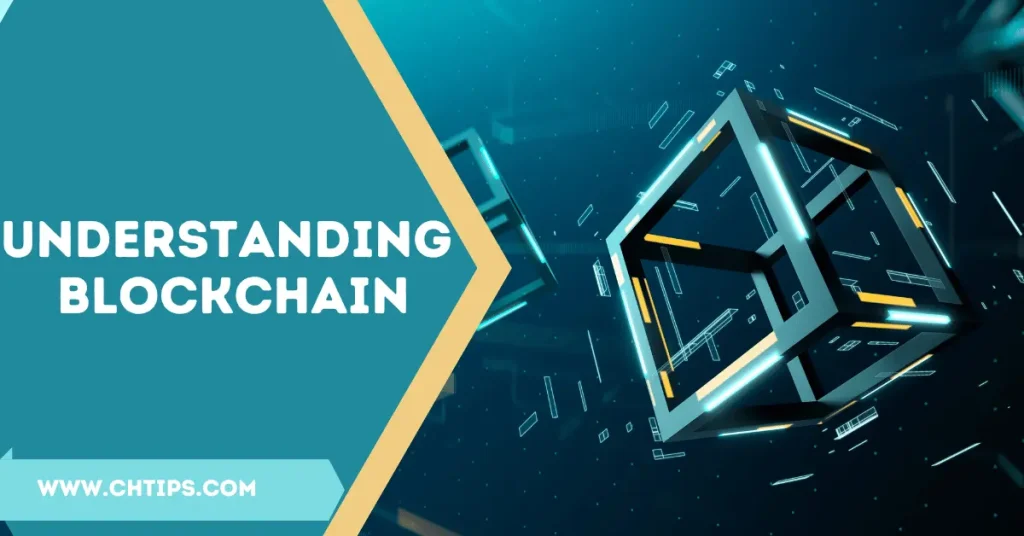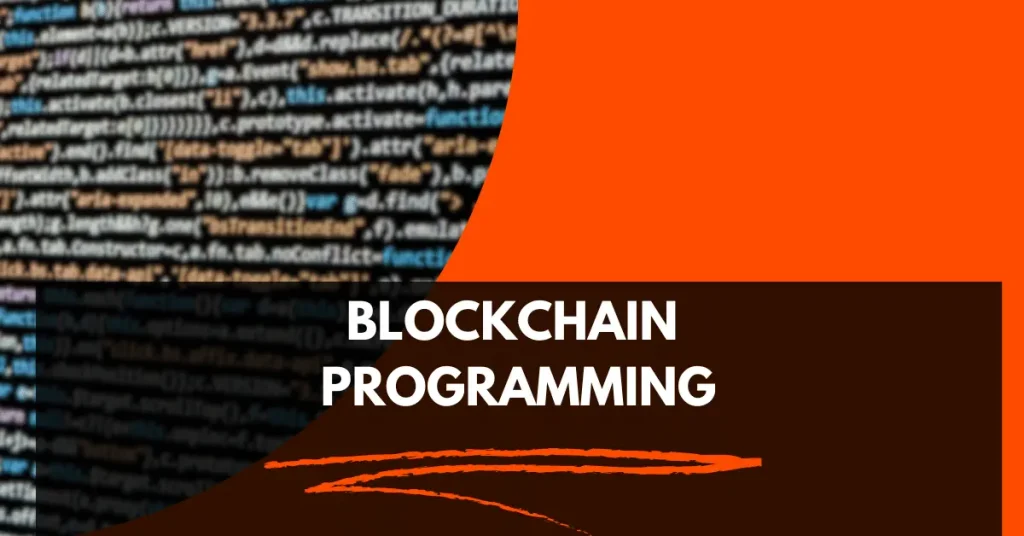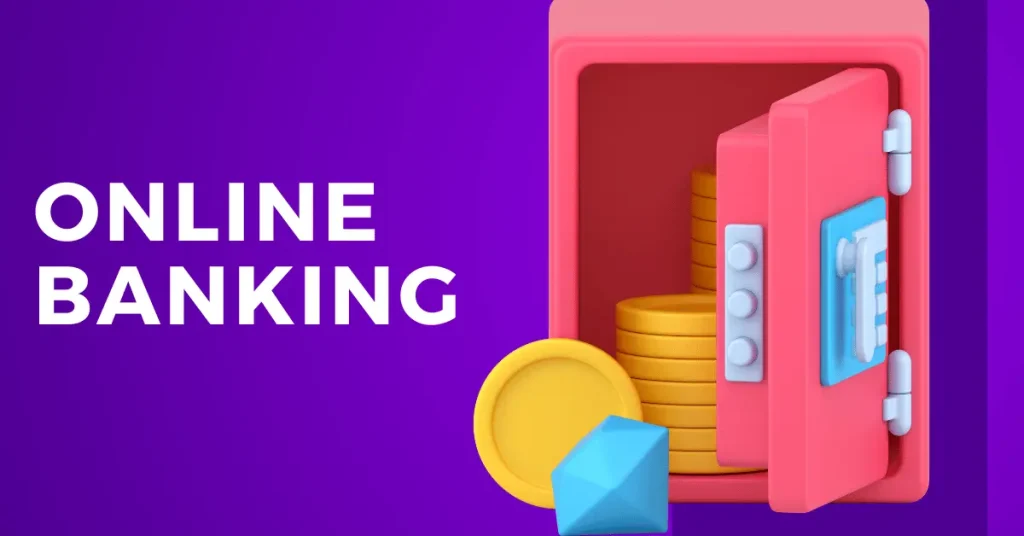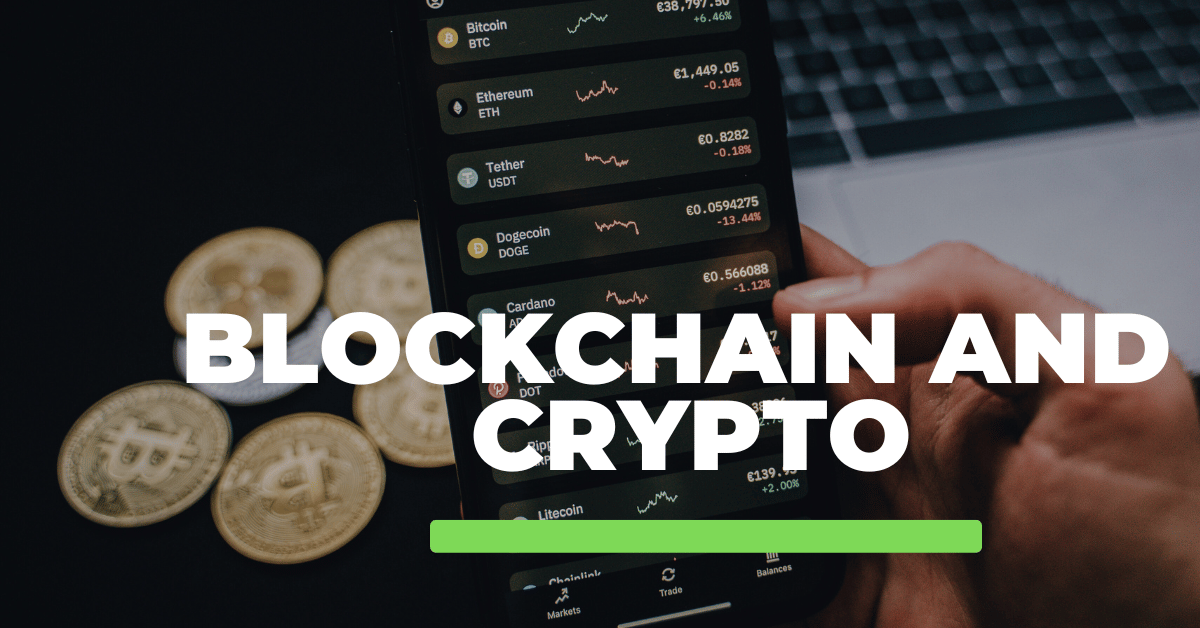Unveiling a progressive world through digital ledgers and virtual coins, the blockchain and cryptocurrency phenomena stand firm, altering the financial landscapes and beyond.
It is not a simple adjustment but a groundbreaking transition from traditional practices to an advanced, decentralized method of managing transactions, data, and digital assets.
The echoes of change, resonating from the intricacies of secure, transparent, and immutable transaction systems to the cryptic realms of virtual currencies, signify a technological evolution and a paradigm shift in economic frameworks and global interactions.
From conceptualizing an autonomous digital ledger to the complex crypto world, this journey intertwines technological advances with continuous debates regarding utility, security, and regulation.
As we traverse the different facets of this digital evolution, understanding its progression, implications, and potential future becomes imperative for adapting to an invariably digitized global future.
A Genesis of Decentralization – Understanding Blockchain
The initiation into the blockchain unveils a realm where decentralization reigns supreme, challenging traditional data and transaction management norms.

The genesis block, which lodged itself into the digital domain, brought forth a mechanism that eliminated the need for a central authority, ensuring that transactions and data storage were transparent and immutable.
The ability to store data across a network of computers, ensuring its security and integrity without the need for a centralized entity, dismantled conventional practices of handling information and value.
While complex in its cryptographic and network management mechanisms, Blockchain offered a simple yet revolutionary promise: data that, once recorded, could not be altered, providing a foundation of trust and security in a digital, decentralized manner.
Navigating its intricacies, from understanding its operational mechanics to exploring its multifarious applications across diverse domains, signifies the first stride into a comprehensive exploration of the digital financial future.
Sculpting Secure Foundations with Blockchain Programming
Delving deeper into blockchain’s architecture leads to a rich engagement with blockchain programming, a crucial facet harmonizing technical intricacy with operational fluency.
Creating and maintaining these decentralized digital ledgers involve sophisticated coding and encryption, ensuring that once a transaction is recorded, it is impervious to alterations.
Blockchain programming, utilizing languages like Solidity and Python, orchestrates an environment where data, once added to the chain, is verified across multiple nodes, fortifying its legitimacy and resisting fraudulent activities.

The programming becomes particularly vital when creating smart contracts – self-executing contracts with coded terms.
Smart contracts automate and enforce contract terms, reducing reliance on intermediaries and mitigating risks related to trust and compliance.
Decoding the programming behind blockchain elucidates an understanding of decentralized networks’ secure, consistent, and efficient operation, thereby substantiating the reliability of digital transactions and data storage across various sectors.
Useful Video : Blockchain and Crypto
Cryptocurrency – The Embodiment of Blockchain’s Potential
Embarking further, cryptocurrency is blockchain technology’s tangible application and undeniable manifestation.
These digital currencies, operating independently of a central bank, introduced a novel asset ownership and transfer concept, dismantling traditional financial and economic barriers.
Cryptocurrencies embody the confluence of technology and finance, enabling peer-to-peer transactions, minimizing costs, and ensuring transaction transparency and security.
They offer a decentralized medium of exchange, a store of value, and, at times, a unit of account, exploring financial and transactional avenues previously obstructed by centralized control, slow processes, and high fees.
By eradicating geographical limitations and facilitating inclusive financial participation, cryptocurrency emerges as a dynamic, albeit volatile, exponent of decentralized financial management and transactional autonomy.
Stablecoin – Anchoring Volatility in the Crypto Sea
Navigating the choppy waters of cryptocurrency markets, a stablecoin has emerged as a balancing entity, providing stability amidst the often-tumultuous sea of crypto volatility.
Unlike its more fluctuating counterparts, a stablecoin is typically pegged to a stable asset, such as a specific amount of a fiat currency or a commodity like gold, providing traders and investors a safe harbour during stormy market conditions.
This crypto-asset class is instrumental in mitigating the often-criticized volatility of the crypto market, thereby offering a dependable medium of exchange and a reliable store of value.
Stablecoins preserve cryptocurrencies’ decentralized and borderless nature while providing a stable footing, making them an attractive option for both short-term traders and long-term investors, ensuring smoother sails in the global digital financial ecosystem.
Regulatory Environment and Ethical Considerations
The propulsion towards a decentralized financial future inevitably collides with regulatory structures, presenting complex questions regarding governance, ethics, and oversight within the blockchain and crypto spheres.
As these technologies continue to permeate various sectors, regulations strive to ensure consumer protection, market integrity, and systemic stability while grappling with these digital innovations’ fundamental decentralized and often anonymous nature.
Furthermore, ethical considerations related to energy consumption, equitable access, and wealth disparities within the crypto realm propel necessary debates and discussions regarding sustainable, inclusive, and responsible adaptation and integration of blockchain and cryptocurrency technologies into our socio-economic structures.
Thus, intertwining technological progression with ethical and regulatory adherence becomes imperative for sculpting a future that is not only technologically advanced but also ethically and socio-economically balanced.
Ensuring Security in a Digital Age – The Role of Online Banking Securely
Progressing towards a fully integrated digital financial world, securely banking online gains paramount importance.
Integrating blockchain and cryptocurrency into the banking sector must navigate the precarious channels of cyber threats and security concerns.
Blockchain does offer robust security via its cryptographic and decentralized nature.
Still, as interfaces with traditional banking systems and online platforms become inevitable, fortifying these interaction points against potential security breaches becomes crucial.

Ensuring the secure operation of online banking, especially when interfaced with blockchain networks and crypto transactions, necessitates a holistic approach, amalgamating advanced cybersecurity protocols with blockchain’s intrinsic security mechanisms.
Therefore, the evolution into a digital financial future is not only about technological advancements but also about ensuring these technologies are safe, secure, and reliable for global users across diverse digital platforms.
The journey from inception to the current stature of blockchain and cryptocurrency is nothing short of revolutionary, reflecting technological advancement and a shift in our financial and transactional paradigms.
While blockchain offers a robust, decentralized, and secure framework for various applications, cryptocurrency represents a redefinition of financial autonomy and inclusivity.
The continuous evolution in this realm necessitates meticulous exploration, informed adaptation, and cautious integration into our digital future, ensuring that technological progression, ethical considerations, and security are harmoniously balanced, sculpting a future that aligns technological prowess with human-centric values and needs.
The tapestry of this digital evolution is rich and intricate, inviting all to engage, understand, and participate in weaving the future threads of our interconnected digital world.
Recommended Reading
- Advantages and Disadvantages of Antivirus Software
- Beginners Guide to Blockchain Programming
- How Can You Protect Yourself From Internet Hoaxes | 10+ Ways
- Advantages and Disadvantages of Gi-Fi
- What is a Computer Virus and Types
- Computer Basic Tutorials
Get In Touch
I have also written and compiled some articles on computers and telecommunications, please have a look.
If you have questions about the Blockchain and Crypto.
Don’t hesitate to contact me, and if you need to add, remove or update anything from the article, please let me know in the comment section or via email.
I will be more than happy to update the article. I am always ready to correct myself.
Please share this article with your friends and colleagues; this motivates me to write more on related topics.
!!! Thank You !!!
